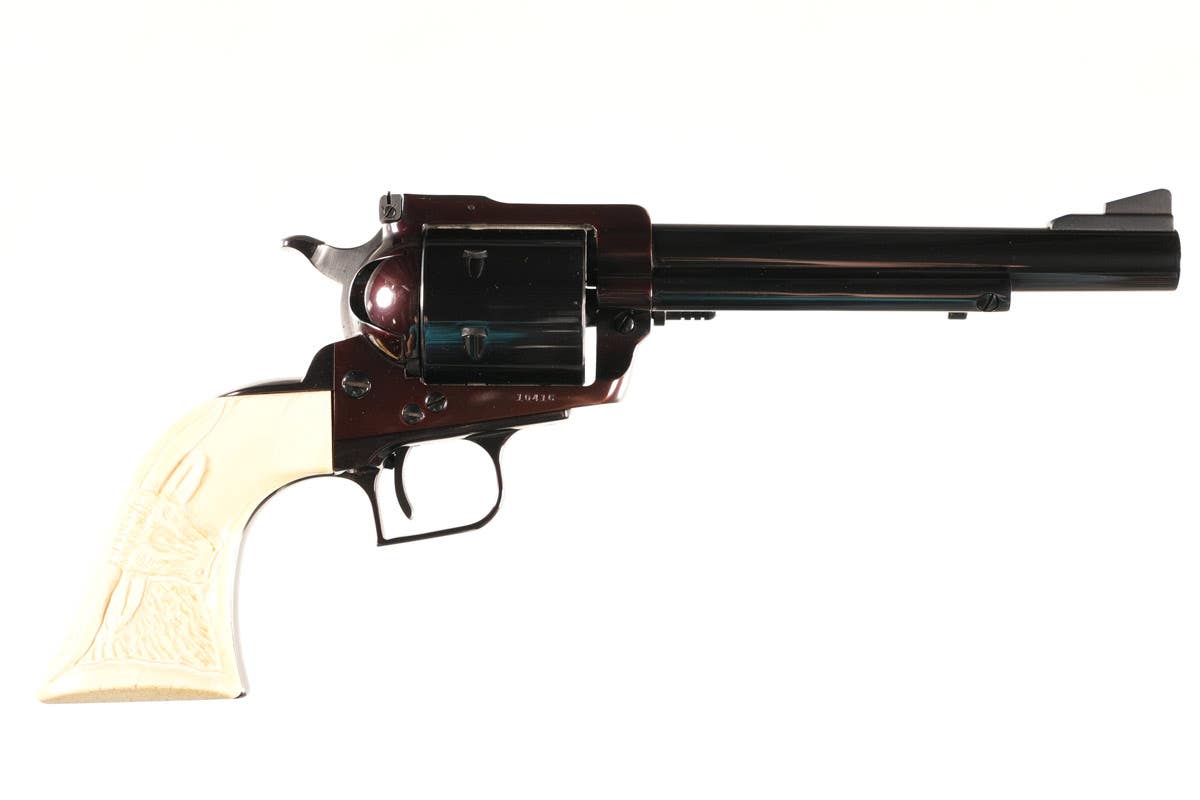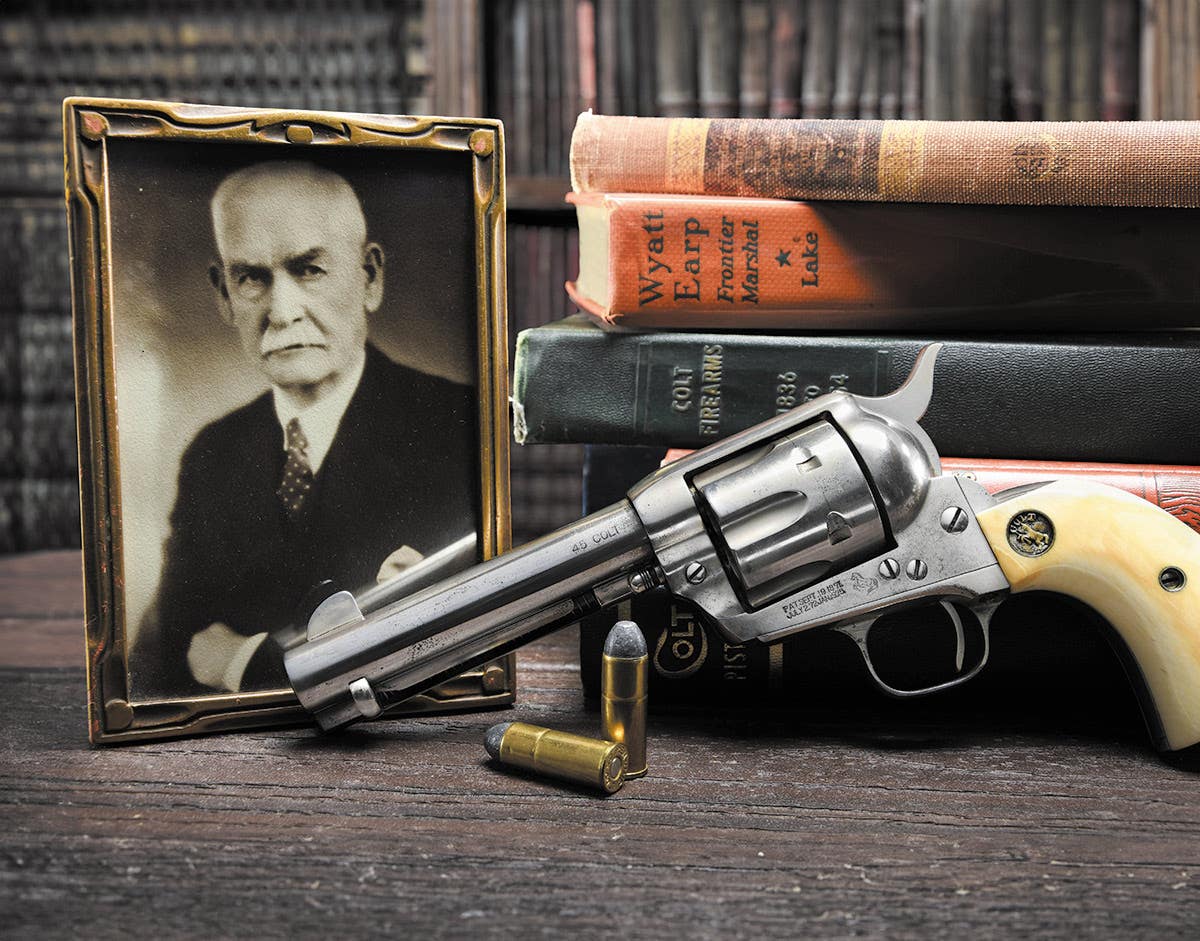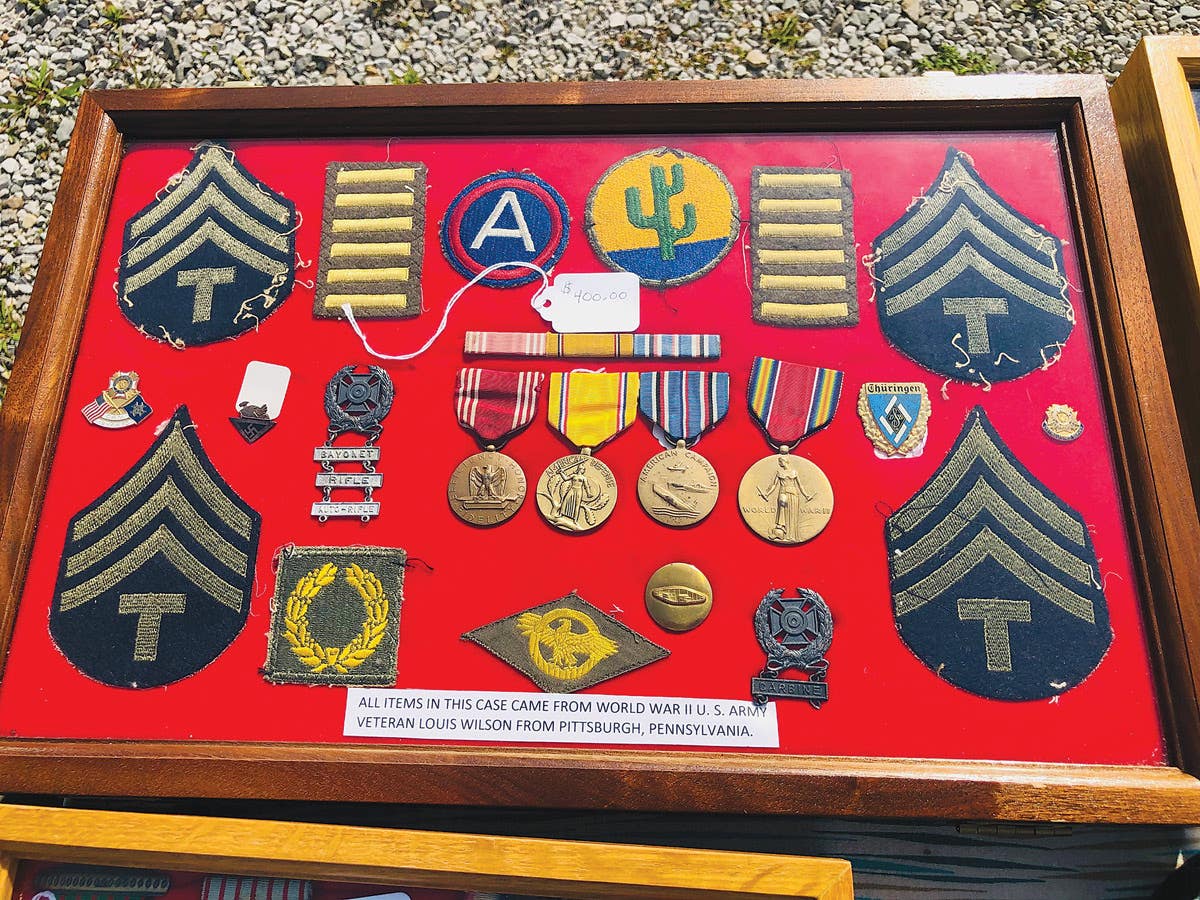John’s Journal: Shepton Mallet Prison
Visiting the place of the opening scenes of the 1967 blockbuster The Dirty Dozen, Shepton Mallet prison, a civilian establishment, exists and can be dated back to the 17th century.
A most unusual place
Movie directors use different techniques to introduce the main characters to the viewing audience and set the scene, but none can be more unusual than those used in the opening scenes of the 1967 blockbuster The Dirty Dozen. The movie begins with convicted soldiers being given a chance to redeem themselves by volunteering for a secret mission. The first big scene, supposedly set at Shepton Mallet prison in Somerset, is very tense and serves to introduce the central characters to the viewer. However, it was actually filmed in a courtyard at Ashridge House in Hertfordshire.
That point of detail aside, Shepton Mallet prison, a civilian establishment, exists and can be dated back to the 17th century, a time when it had a notorious reputation for its harsh conditions and the treatment of prisoners there. Between 1889 and 1926, a number of executions were carried out at the site, including that of an Australian soldier, Verney Asser, who was hanged in 1918 after being found guilty of killing a fellow Australian soldier. The site was closed in 1930, but re-opened in 1939, shortly after the outbreak of war, and put to use as a military prison by the British army. It was soon a busy place, and by 1940 housed 300 inmates serving sentences for a range of crimes.
When American troops arrived in Britain in 1942, the U.S. military authorities took over the prison for offenders under terms of the “Visiting Forces Act”, referring to the site as “833rd Guardhouse Overhead Detachment”. This was later changed to “The Headquarters 2912th Disciplinary Training Center APO 508 United States Army”. Under the terms of the act, American military justice could be enacted at the site, which also included capital punishment. Shepton Mallet prison remained in use by the American military authorities until September 1945, when it reverted back to use by British military authorities, who continued to use it until 1966.
The American prison staff included 12 officers and 82 other ranks of the 707th Military Police Battalion, with Lieutenant Colonel James P. Smith as the first commandant. By 1944 there were 768 inmates held in the prison serving sentences for theft, robbery, absenteeism and murder, among other things. During WWII, the U.S. military executed a total of 96 men for a range of offenses, including assault against women and the murder of both civilian and military. Eighteen of the executions were carried out at Shepton Mallet prison.
The first American military execution conducted at the site happened in March 1943 for the murder of an officer. The last execution was conduted on June 15, 1945. The official British executioner, Albert Pierrepoint, a civilian, officiated at those sentences where death by hanging had been passed. These were conducted in the execution block, a red brick structure specifically built by the U.S. Military for the purpose. Two executions at the prison were conducted by firing squad, both of which were convened in the courtyard.
In 1966, the prison reverted to civilian use only, until finally being closed in 2013. In 2017, the decision was taken to reopen the site for the public to visit.
It may sound like an unusual tourist attraction, but Shepton Mallet prison is an important site for military historians because it provides an insight into military discipline and punishment during WWII. Knowing my work and how this site would be of interest to me as a military historian, my daughter Charlotte arranged for us to visit to the site.
Visitors are escorted around the maze of corridors, passages and stairways by guides who explain the routine of the prison and the conditions. The guides also explain how during the war the prison was used to store valuable historic documents for safe-keeping, including the Domesday Book, charters and treaties as well as despatches relating to events such as the battle of Waterloo.
Among some of the stories told by the guides is how three British soldiers managed to escape but were soon recaptured. Another prison break took place in July 1945, when several American prisoners escaped and remained at large for some weeks before either surrendering to the authorities or being re-captured.
The route around the site eventually arrives outside a cell, where the condemned prisoners were held, all the while unaware they were right next to the gallows. The sentences were carried out by Albert Pierrepoint. The whole process took only minutes.
Many stories connected to the site have been published, but the best way to discover the real facts is to go on a tour of the prison. Information to plan a visit, including opening times and ticket prices, can be found at www.sheptonmalletprison.com.







